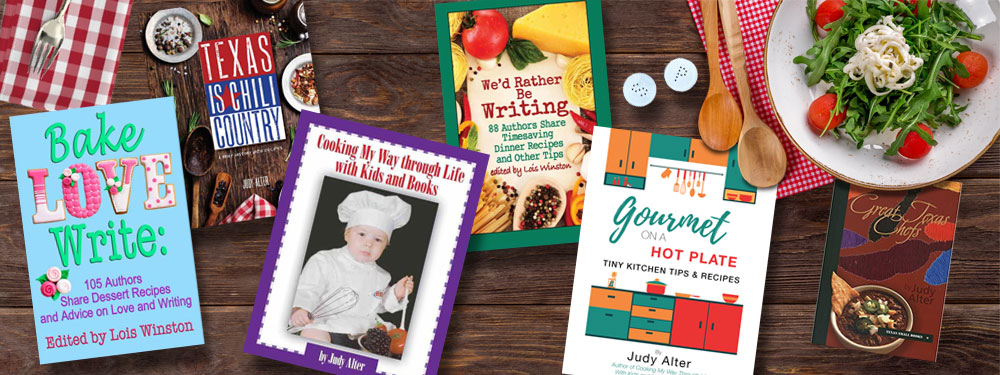Ravioli with brown butter sauce
Salad of sliced pear, radish, and blue cheese
chardonnay
a menu fit for a fine restaurant
In my
recent no-holds-barred cleanout of my refrigerator and freezer, I discovered a
twelve-pack of frozen wild mushroom/truffle ravioli. No idea when or why I got
them, though I think I expected them to be smaller, appetizer size, and they
must have been on sale. I have blogged about this before, so if I’m repeating
myself, please forgive me.
My
dilemma was what do you put on mushroom/truffle pasta. Eating it without any
sauce did not appeal. Both marinara and Alfredo would smother the ravioli, I
thought. I took the problem to the Facebook page of “Not the New York Times
Cooking Community” (it used to the “The New York Times Cooking Community” until
the newspaper disowned us). A wide variety of voices contribute ideas, recipes,
pictures, equipment recommendations, renovation suggestions. Some of the contributors
are way above my grade level, especially in baking, and I suspect some
professional chefs lurk. Occasionally someone will get testy, but generally it’s
a good-natured group.
And
they are willing to answer questions, so I posed my dilemma and was deluged
with answers. I bet I got a hundred responses, everything from marinara
lightened with cream to pasta water and butter. Cream sauce, either as is or
reduced, was mentioned several times. Someone suggested butter and sherry
vinegar, someone else, Hollandaise, which I love but think might also have overwhelmed,
and someone said pesto. But the one sauce that showed up most often was brown
butter with sage.
I knew
about brown butter of course, have eaten dishes incorporating it in
restaurants, but never worked with it at home. Truth: I was a bit intimidated. But
I found a recipe that was specific for ravioli and adapted it, both in amount
and ingredients. The recipe called for chopped walnuts, which I thought added
the wrong texture (I don’t like to find nuts in my salads either). It also
called for a tiny bit of fresh spinach, which I think would have been wonderful
for taste and visual appeal, but I didn’t have any and wasn’t going to the
store for a quarter pound of spinach. Fresh sage was specified—my neighbor
offered hers, but I have rubbed sage in the fridge and thought it would be
fine. So I set about my experiment.
Because
in the cottage I can’t cook two things at once, I made the sauce first. It
takes a long time to brown butter without burning it, slow and easy and lots of
stirring. I wasn’t sure what shade brown I was looking for, but I kept stirring
until the butter smelled nutty and looked fairly brown. Some time in the
stirring I added minced garlic, but I think another time pressed would work
better—if I didn’t want tiny pieces of nuts, I didn’t want to chomp down on a
mince of garlic either. You want the garlic to turn golden without burning.
I pulled
the sauce from the hot plate and made plated salads of sliced pear, fresh
radish, and blue cheese, dressed with a light olive oil and lemon vinaigrette
and garnished with watercress. And then it was time to cook the ravioli—a new
procedure for me. The trick they say is to let them pop to the surface of the
water, but they popped so quickly I knew they weren’t done. I guessed at the
timing and ended up with them a bit too much on the al dente side.
Showtime:
ravioli in soup plates, with the sauce over them. And oops, much later I realized
I had forgotten the sage. I still have six ravioli in the freezer, so next
time. It was a good learning lesson and a good dinner besides. Here’s what I recommend:
Ravioli with brown butter and
sage
Three or four medium size
ravioli per person (some will be ambitious and make their own, but in spite of
having made pasta years ago, I’m going to buy frozen)
1 clove garlic, pressed
4 or 5 Tbsp. butter (no
substitutes)
½ tsp. dried sage or a handful
of fresh leaves
¼ lb. fresh spinach (frozen
will not work)
Salt and pepper
Parmesan or pecorino
For
the ravioli: bring a large pot of salted water to a boil. Cook ravioli until
tender. If you’re lucky, the package will give you a guide to time. Drain,
reserving ¼ cup pasta water.
Put
butter in a large skillet and melt over medium-low heat, stirring all the time.
The butter will sizzle and them foam—add the pressed garlic at this point and
keep stirring until it is a deep, golden-brown. At least five minutes, though
it seemed a lot longer. Remove from heat and stir in sage. Add spinach and
reserved pasta water and stir. Put cooked ravioli in the skillet. Toss to coat
and briefly reheat at a low setting. To serve, sprinkle with grated Parmesan or
Pecorino and optional cracked pepper.
A
bonus: I had leftover brown butter, so last night I used it to brown ground
sirloin for Hamburger Stroganoff. Added a bit of new flavor! I think I’ll find
lots of uses for brown butter now and may store some in the freezer.




